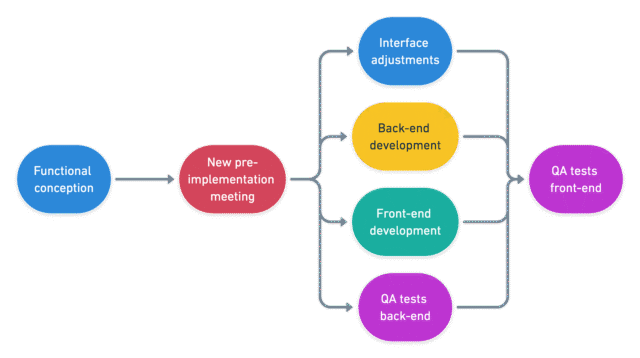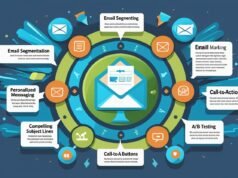Today many people build websites and apps that need to share data fast. Developers use Java and React to do this work. GraphQL is one smart way to move data between the back end and the front end. It makes data calls simple and fast. You can learn this by joining a Java Full Stack Developer Course Pune. This course will help you learn how to connect Java and React using GraphQL.
What Is GraphQL?
GraphQL is like a waiter in a restaurant. It brings only what you ask for. It does not bring extra food you do not need. GraphQL lets your front end ask for only the data it wants. This saves time. It also makes your app faster.
Java Back-End with GraphQL
Java is strong for back-end work. Many big companies use Java to handle many users at once. When you add GraphQL to Java, it makes data work better. GraphQL takes care of data queries and talks to your database. It sends only the parts your React app needs. This helps keep the back end fast and clean.
React Front-End with GraphQL
React is good for making web pages. It helps represent the data in a clean way. React works well with GraphQL because it can ask for only what it wants to show. This means no extra waiting. Users get pages that load fast.
How It Works Together
When a user clicks on a page, React sends a GraphQL request to Java. The Java back end checks the data. It gets the right parts from the database. It sends the answer back to React. React shows it on the page. This happens fast.
Example of How Data Flows
Here is a simple example. Imagine you have a page that shows user details. The React page will use GraphQL to ask for name, email, and profile photo. The Java back end gets this from the database. It sends only these three parts back. This keeps the app light.
Why GraphQL Is Better Than REST?
Many people used REST before GraphQL. REST is like a fixed menu. It gives you the same food each time. GraphQL is like a chef who makes food the way you want. With REST you may get too much or too little data.
Where Can You Learn This?
If you want to learn how to do this work well, you can try a Java Full Stack Developer Course in Hyderabad. Hyderabad has many good teachers. The city is full of IT work. You can meet people who build big apps. They use Java, React, and GraphQL on a daily basis. You can learn in class or online. You will see how to build a real project.
Good Tips for GraphQL
Here are some easy tips. Always test your queries. Write small pieces first. Use clear names for your queries. Always try keeping your data clean in the back end. Learn how to fix errors fast. These steps make your work better.
GraphQL vs REST Table
| Feature | GraphQL | REST |
| Data Fetch | Only what you ask for | Fixed data format |
| Speed | Fast and small loads | May send extra data |
| Flexibility | Very flexible | Less flexible |
| Ease of Use | Easy for front end | Needs more setup |
This table shows how GraphQL is better when you want custom data.
GraphQL Data Call Example
Below is a simple chart that shows how data requests look:
This chart shows how fast GraphQL answers calls for each page. Fast pages mean happy users.
Learn from Home Too
If you cannot go to a class, you can try a Java Full Stack Course Online. Online classes help you learn from home. You get videos. You get real projects. You can ask questions. Teachers help you learn Java, React, and GraphQL step by step.
Conclusion
GraphQL is good for apps that need to move data fast. It works well with Java and React. Many big apps use this today. It helps show data clean and quick. You can learn this with good practice. You can try projects to test your skills. Try a good course to learn more and build your dream apps. Keep learning every day.







